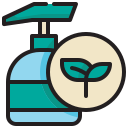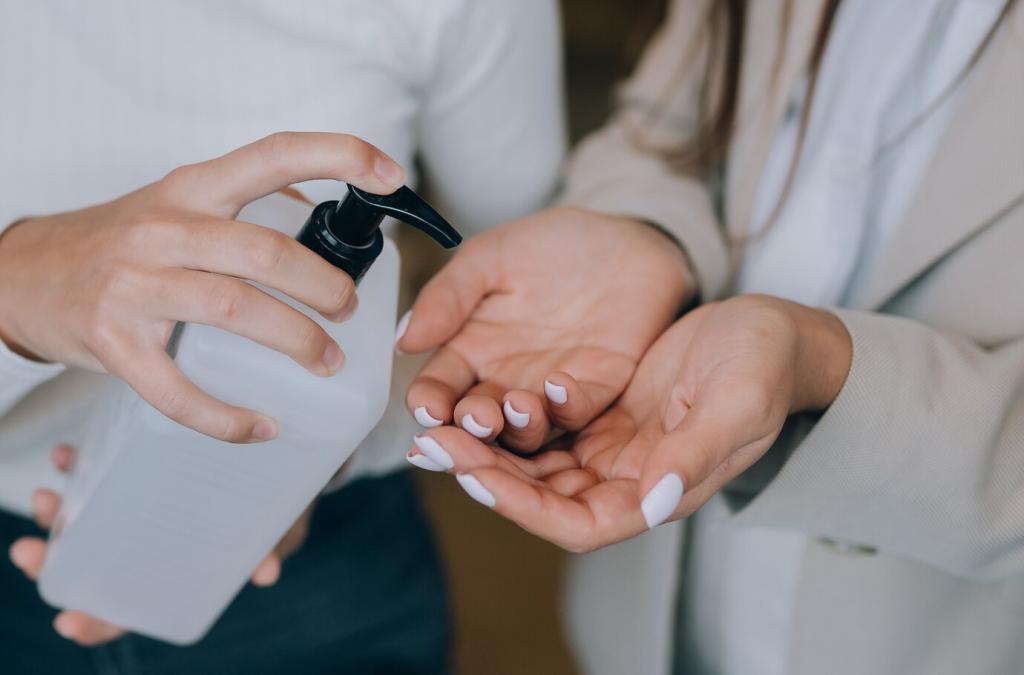Your DIY Upholstery Stain Remover Kit
Stock white vinegar, mild dish soap, baking soda, hydrogen peroxide 3%, lemon juice, rubbing alcohol, and table salt. Each plays a different role—acidifying, emulsifying, absorbing, or oxidizing—so you can match the remover to the stain type.
Your DIY Upholstery Stain Remover Kit
Keep spray bottles, a soft-bristle brush, a dull spoon, cotton swabs, microfiber cloths, paper towels, and a vacuum with upholstery attachment. Gentle tools prevent pile distortion, reduce wicking, and help you lift residue without pushing it deeper.




